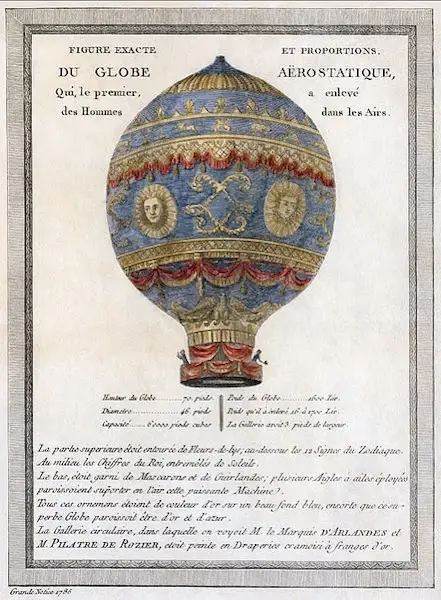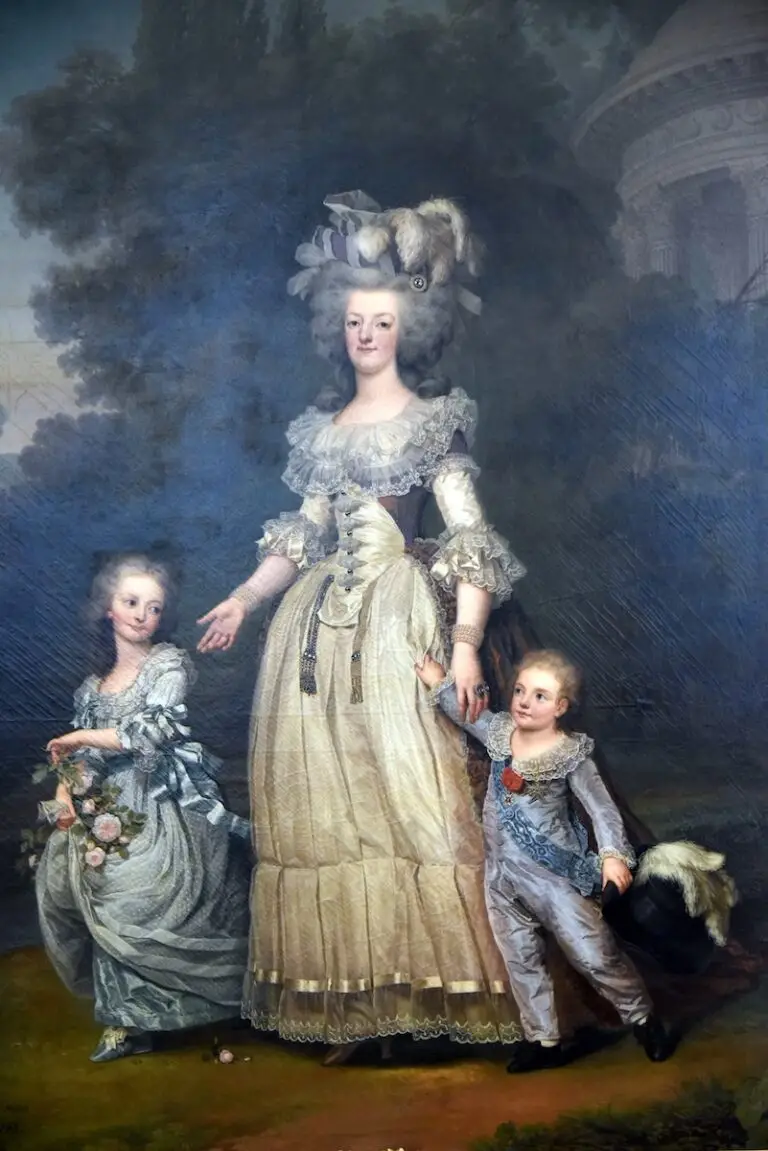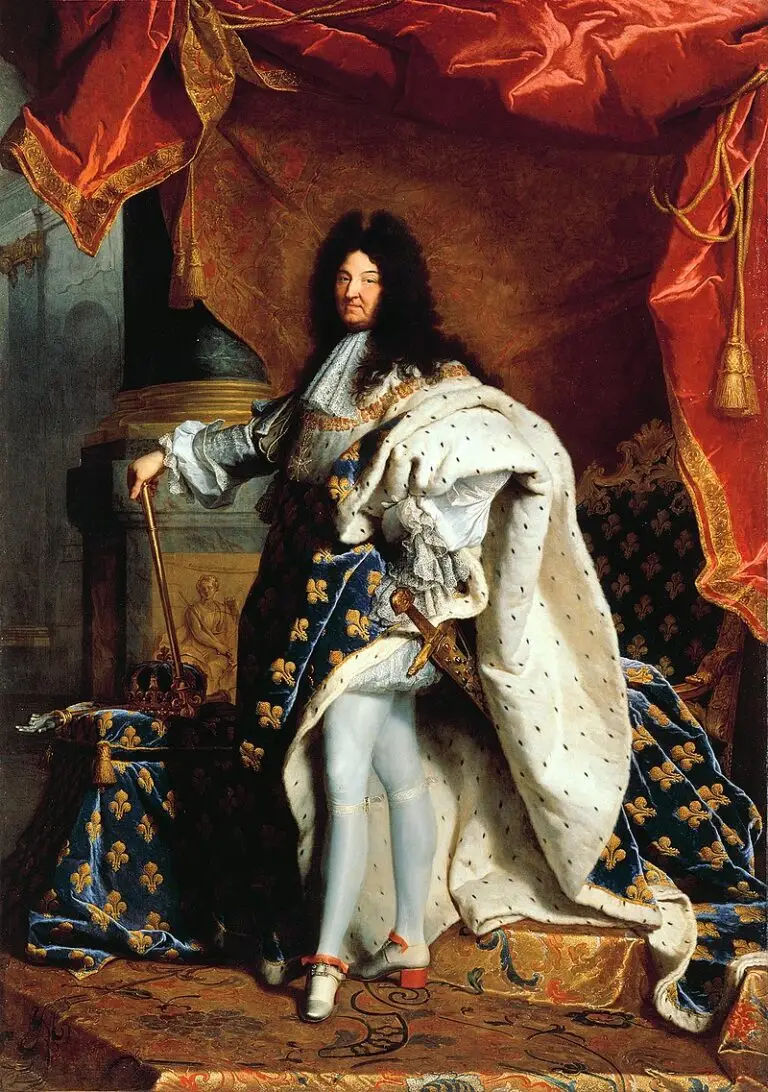You know what’s wild? Before there were jumbo jets and first-class lounges, people were sending farm animals into the sky in fancy wallpapered balloons! As a mom of a toddler obsessed with flying machines, I have to tell you – the story of the first hot air balloon flight is one of my absolute favorites.
Picture this: It’s September 19, 1783, and the entire French court is gathered in the courtyard at the Palace of Versailles. The air is thick with excitement (and probably a lot of expensive perfume). Everyone’s about to witness something that had never been done before – the first living creatures taking to the skies in a hot air balloon!
The Paper-Making Brothers Who Changed History
To start at the beginning, let me introduce you to the masterminds behind this crazy experiment: Joseph-Michel and Jacques-Étienne Montgolfier. These guys weren’t some fancy scientists – they were actually paper manufacturers! I love this part because it shows how innovation can come from the most unexpected places.
Their big breakthrough came in 1782 when they figured out something that seems pretty obvious to us now: hot air rises! Trust me, if you’ve never done a kid’s experiment about this principle, you’ll need to try the one I’ve posted at the bottom. My kid’s their eyes light up just like the Montgolfier brothers’ must have when they first watched their miniature test balloons float up to the ceiling.
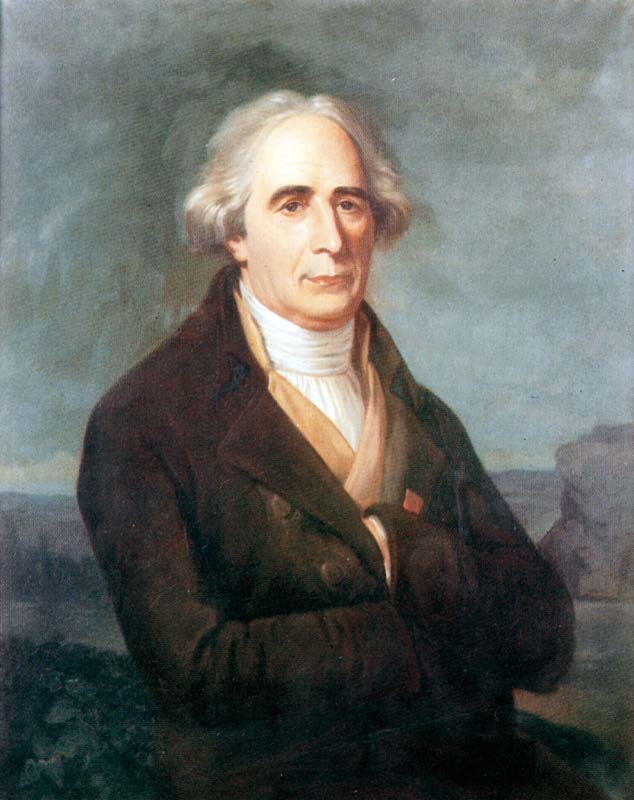
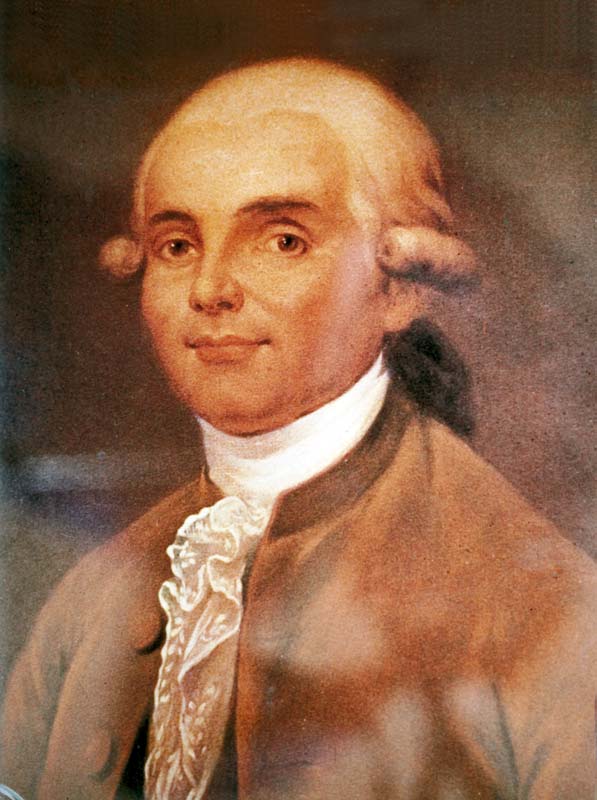
The First Hot Air Balloon Flight: A Moment of Inspiration
Having grown up in a family business centered on paper, the Montgolfier brothers were no strangers to innovation and experimentation. They were uniquely positioned in that they possessed both the curiosity and the resources to experiment.
Joseph-Michel, often considered the dreamer of the two, became fascinated by the idea that heated air was lighter than cooler air around it. Jacques-Étienne, the more practical sibling, helped turn these musings into reality.
By 1782, they were creating small-scale prototypes, watching with amazement as miniature hot air balloons rose into their workshop rafters. Word soon spread of these astonishing trials, and it was not long before the brothers attracted the attention of scientists and noble patrons eager to see what they could achieve.
From Workshop to Versailles
When King Louis XVI heard rumors about these paper makers sending things into the sky, he just had to see it for himself. The King extended an invitation to Versailles.
Where else, but Versailles? The expansive château stood as a testament to the absolute monarchy and France’s cultural might. Its gilded halls, sweeping gardens, and ornate chapels provided the ideal stage for grand displays.
And this would be no different.
To demonstrate a revolutionary flying machine at Versailles was to present it at the epicenter of 18th-century regal and political life. That meant presenting in front of an audience of King Louis XVI and Queen Marie Antoinette along with their nobles, courtiers, and foreign dignitaries who gathered there to witness—and report on—the latest marvels of French innovation. Very posh!
I can only imagine how nervous the brothers must have been! It’s like being asked to present at the world’s biggest conference, except with the added pressure of possibly embarrassing yourself in front of the entire French court.
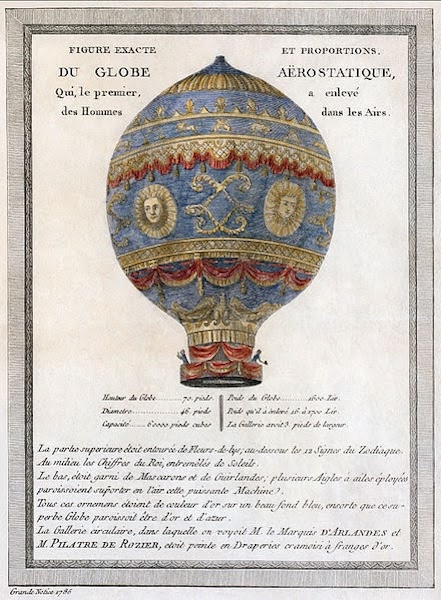
A Royal Invitation and a Dazzling Design
For this special occasion, the Montgolfiers knew they had to design something extraordinary. The balloon they prepared—named “Aérostat Réveillon”—was built of taffeta canvas lined with paper and coated with alum to protect against fire.
In an era where artistic flourishes were as important as the invention itself, the brothers enlisted the help of their friend Jean-Baptiste Réveillon, a renowned wallpaper manufacturer. Réveillon decorated the balloon with an array of golden suns, zodiac symbols, and the king’s intertwined “L” initials, all set against a striking backdrop of sky-blue.
The balloon they created was something else – they called it the “Aérostat Réveillon.“This wasn’t just some plain hot air balloon. They got their friend Jean-Baptiste Réveillon (a wallpaper genius) to decorate it with golden suns and zodiac signs. You can’t miss the fancy King Louis “L”s in the design. It was basically the 18th-century equivalent of a custom paint job on a Ferrari!
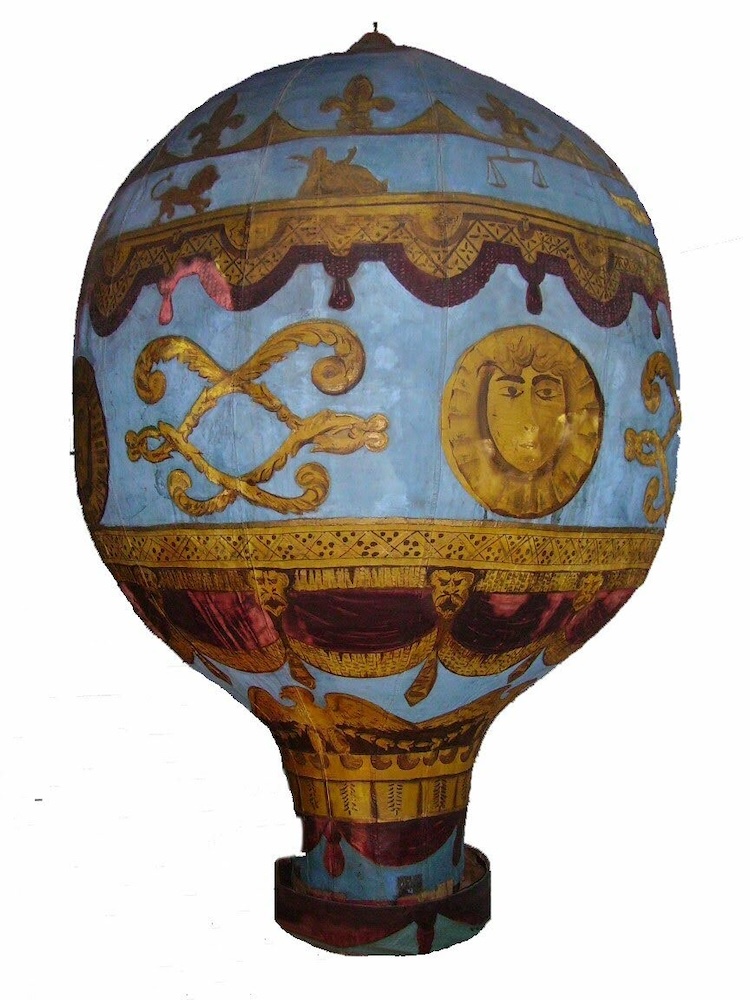
The World’s Weirdest Passenger List
Here’s where it gets really interesting. King Louis XVI initially suggested using prisoners as test subjects to send into flight (yikes!), but the Montgolfiers came up with a better idea. They chose three unlikely pioneers: a sheep, a duck, and a cockerel (a young male chicken). This might sound random, but there was actual scientific thinking behind it.
The sheep was picked because its physiology was similar to humans (or so they thought). The duck was already a natural flyer, so it served as a kind of control group. And the cockerel? Well, it was basically there to see how a ground-dwelling bird would handle being up in the air. Not exactly NASA-level scientific method, but hey, you’ve got to start somewhere!
The Big Day: When Farm Animals Made History
When the big moment finally arrived, it was pure theater. The crowd held their breath as a cannon shot signaled the launch.
The balloon rose to about 600 meters – that’s higher than the Eiffel Tower today!
And for eight glorious minutes, these three barnyard astronauts soared over Versailles.
I always get a kick out of imagining what the animals must have been thinking. The sheep was probably wondering where all the grass went, the duck might have been showing off its natural flying expertise, and the cockerel… well, I bet it was just trying to figure out when breakfast would be served!
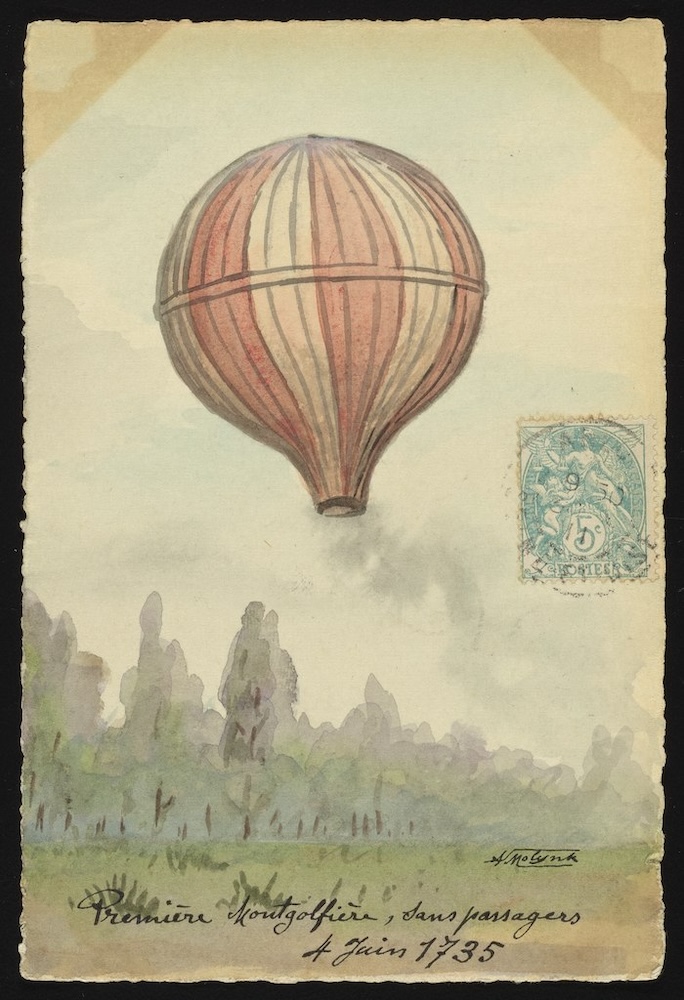
Heroes of the Air
Despite concerns about their well-being, the sheep, duck, and cockerel were found unharmed. In fact, they emerged from their flight unperturbed, much to the relief and excitement of everyone present. They were quickly hailed as “heroes of the air” and were granted a place in the Menagerie at Versailles, where they could live out their days in royal comfort.
This outcome signaled to the Montgolfiers—and the world—that human flight was no longer an impossible fantasy. Just two months later, the first manned, untethered balloon flight took place, ushering in a new chapter in humanity’s exploration of the skies.
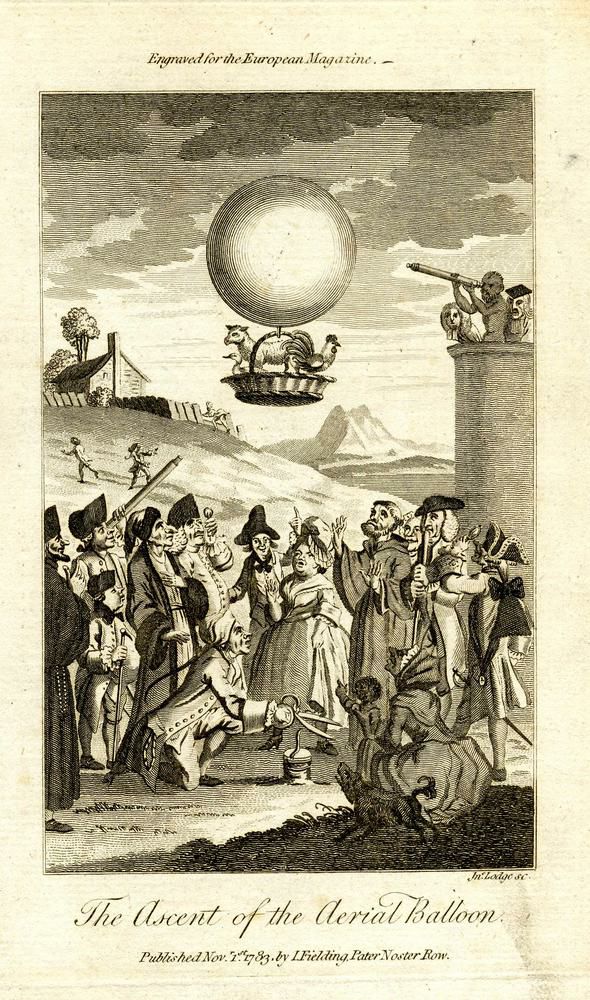
The First Hot Air Balloon: A Lasting Legacy
The 19 September 1783 launch stands as a pivotal moment in the story of aviation. By daring to send a sheep, a duck, and a cockerel into the sky, Joseph-Michel and Jacques-Étienne Montgolfier demonstrated the safety and potential of lighter-than-air travel.
Their successful demonstration at Versailles captivated not only the French court but also the broader public, encouraging further research and paving the way for countless balloon flights—and, eventually, airplanes.
In one remarkable afternoon, the Montgolfier brothers transformed a whimsical dream into a tangible reality, forever changing the course of travel and inspiring future generations of aeronautical pioneers.
Below is a safe, engaging experiment for kids to learn about hot air and lift.
Making a Tissue Paper Hot Air Balloon
A fun experiment for kids ages 5-11 (with adult supervision)
What You’ll Need:
- 4 sheets of lightweight tissue paper
- Scissors
- Clear tape
- A hair dryer
- An adult helper
Safety First!
- This experiment must be done with an adult
- Keep the hair dryer away from water
- Do this in an open space away from anything that could get knocked over
Steps:
- With an adult’s help, cut two sheets of tissue paper into long strips about 6 inches wide.
- Tape the strips together to make a tube shape, leaving both ends open. This is your balloon!
- Find an open space indoors (avoid doing this outside where wind can interfere).
- Have an adult hold the tissue paper tube upright, keeping the bottom end about 6 inches above the floor.
- Turn the hair dryer on low heat and aim it up into the bottom of the tube from about 12 inches away.
What Should Happen: The tissue paper tube should start to fill with warm air and float upward! It’s just like the Montgolfier brothers’ first balloon, but much smaller and safer.
The Science: When air gets warm, it becomes lighter than the cool air around it. This makes the warm air rise, taking your tissue paper balloon with it! Notice what happens when you give the balloon a cold “boost”. Does the balloon go up or down?
Important: If the tissue paper starts to move too much or the experiment isn’t working, turn off the hair dryer and try again. Sometimes it takes a few attempts to get it just right!
